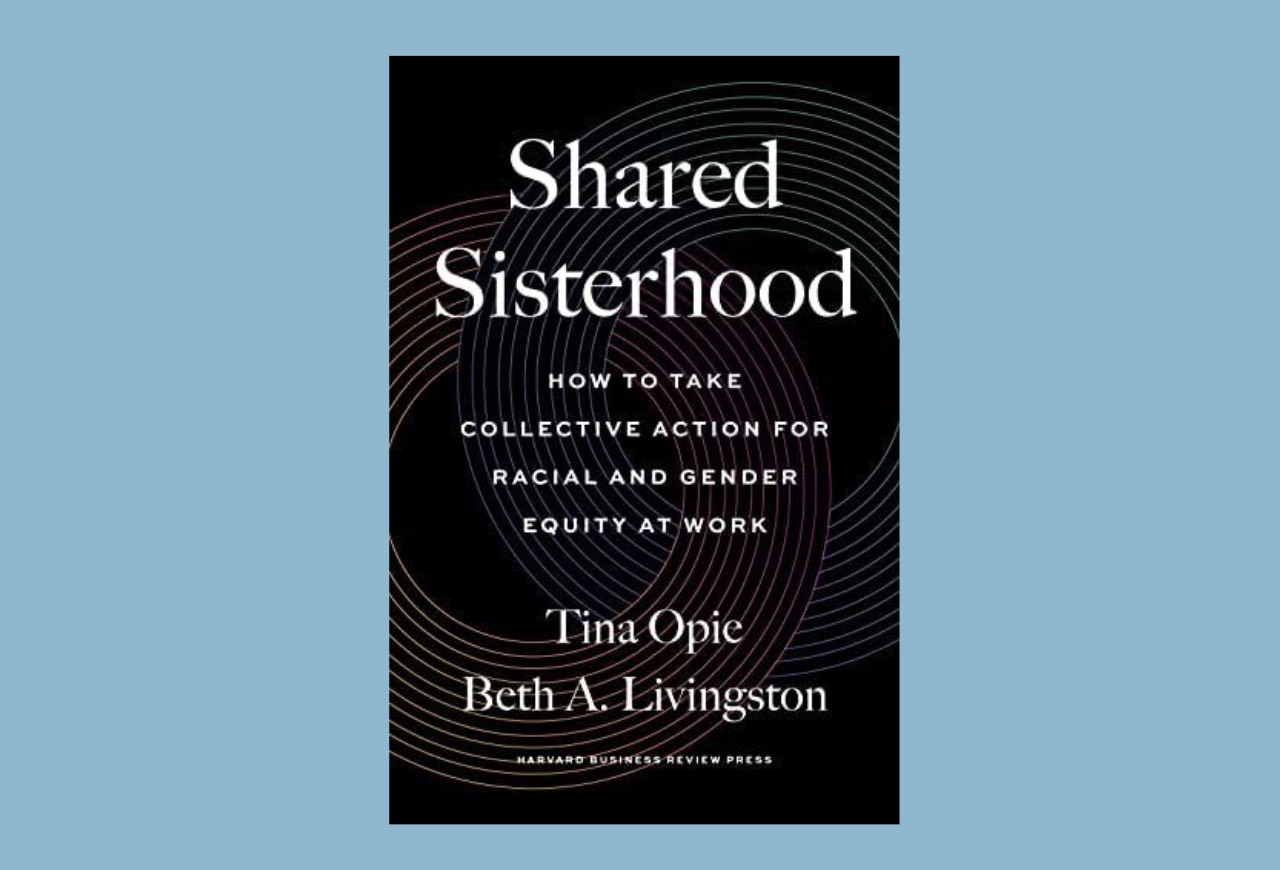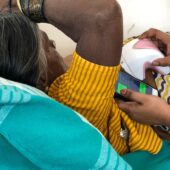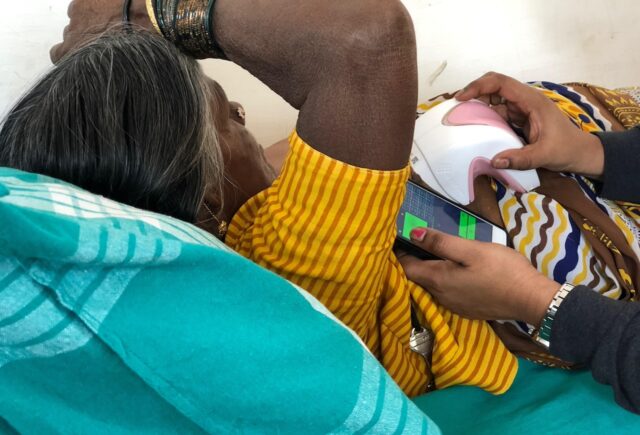An interesting read about diversity, equity and inclusion (DEI) at work and its failures. Although the book is very US-centric, much of what it has to say has a global application

In brief
- The problem is tough: women are left behind in business, black women even more so than white.
- DEI is failing and many of the solutions tried by organisations are “myopic”.
- Businesses are failing to address gender equity by rewarding masculinised behaviours.
Tina Opie and Beth Livingston are both associate professors of management and also advise companies on diversity equity and inclusion (DEI).
They came together after Opie had wrestled with the question of why haven’t black and white women been able to connect and collectively address workplace gender inequity.
In 2018, Opie realised she needed “a White Sister to help me: a paradigm exhorting sisterhood needed a sisterhood to create it.” Soon, she writes, the “shared sisterhood sparks flew.”
Gender inequity is a global problem, though the authors confine themselves to the US to channel their own experiences. There is no acknowledgement that the different history of other countries may frame a different debate on “racioethnicity”, a somewhat overused description for European ears.
The numbers in the US are certainly stark. Women lead only 6% of the top 3000 companies and there are only three black women who have ever been Fortune 500 CEOs. “In fact, as of 2022, only forty-one Fortune 500 CEOs are currently women of any racioethnic group.”
Earnings also reflect gender and racial inequality. Non-profit organisation Catalyst reported that in 2020 women only earned 83.1% of what men earned. Incidentally, Catalyst shows the situation is even worse in Japan, but the authors concentrate on the US.
DEI is failing
The authors main contention is that DEI has lost its way, quoting Dr Kim Tran’s essay in Harper’s Bazaar: “The multibillion-dollar juggernaut [of the DEI industry] has left its social justice principles, and the people who established them, far behind.”
For Opie and Livingston, the common denominator in this criticism is that “the typical organisational approach to DEI is incomplete and not set up to generate lasting change toward equity”.
In the authors opinion, there are several reasons. “Many solutions that have been tried in organisations are myopic. Individuals are trained or lectured. Systems may be audited but they are rarely adjusted. Multilevel solutions are rarely attempted. Shared Sisterhood…does not argue for mere representation, a numerical diversity that does not lead to collective action for the whole.”
There is far too much emphasis on empowering the individual and focusing on individual bias which “ignores issues of interpersonal microaggressions and organizational culture and power, thereby minimizing true organizational change.”
Even when companies actually employ metrics to evaluate DEI efforts, “they are usually metrics of revenue, profit and loss, and turnover—not relationships, connection, and emotion”.
A ‘racioethnic’ view of the world
This plea for more connection and emotion finds expression in the authors exhortation to “dig and bridge” to overcome racial divides.
“Dig is a tool for thinking deeply about your own preconceptions about racioethnicity and gender. Bridge is a tool for forging authentic connections with people across differences.” And together, “these tools will help you to form the foundation for collective action.”
Again, they have a very US-centric view which may grate on some, but their observations are interesting.
“We understand the desire to say that one is colour-blind…. an attempt to say that we are all human, that you value people because of who they are, not something as surface level and inconsequential as skin colour. But herein lies the problem: Given what we know about racioethnic power dynamics, is skin colour inconsequential in the society in which we live?”
Masculinised behaviours
Some of the most interesting observations the authors make are on how the current status quo in organisations is characterised by “masculinised power structures” where people reward and elevate behaviours that are typically considered as masculine in nature. “Dominance, succeeding at the expense of others, even aggression, are seen as leadership-worthy attributes.”
They cite an article by Wall Street Journal in which Mike Wirth, CEO of Chevron, stated that Chevron’s leadership model focused on choosing someone whose attributes are “aggressive, take-charge, has all the answers”, resulting in “women high-potentials being overlooked”. Apparently, an external firm had to “broaden the metrics for Chevron leadership to include less masculine-typed attributes, such as accountability and building consensus”.
Less successful is the authors heavy dependency on Hollywood “for easy examples”. It makes “pay equity conversations simpler, they argue” though as they later admit “many of us outside of Hollywood don’t have such power and we may therefore feel disempowered to make significant change”.
Still this book is of interest for those concerned with the DEI space, even if it is a very US-focused, very “racioethnic” view on gender equity.





